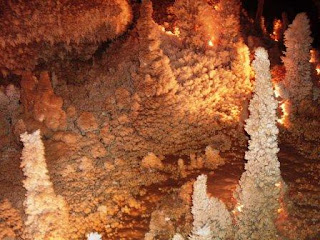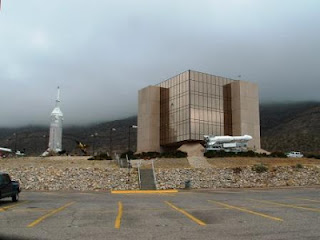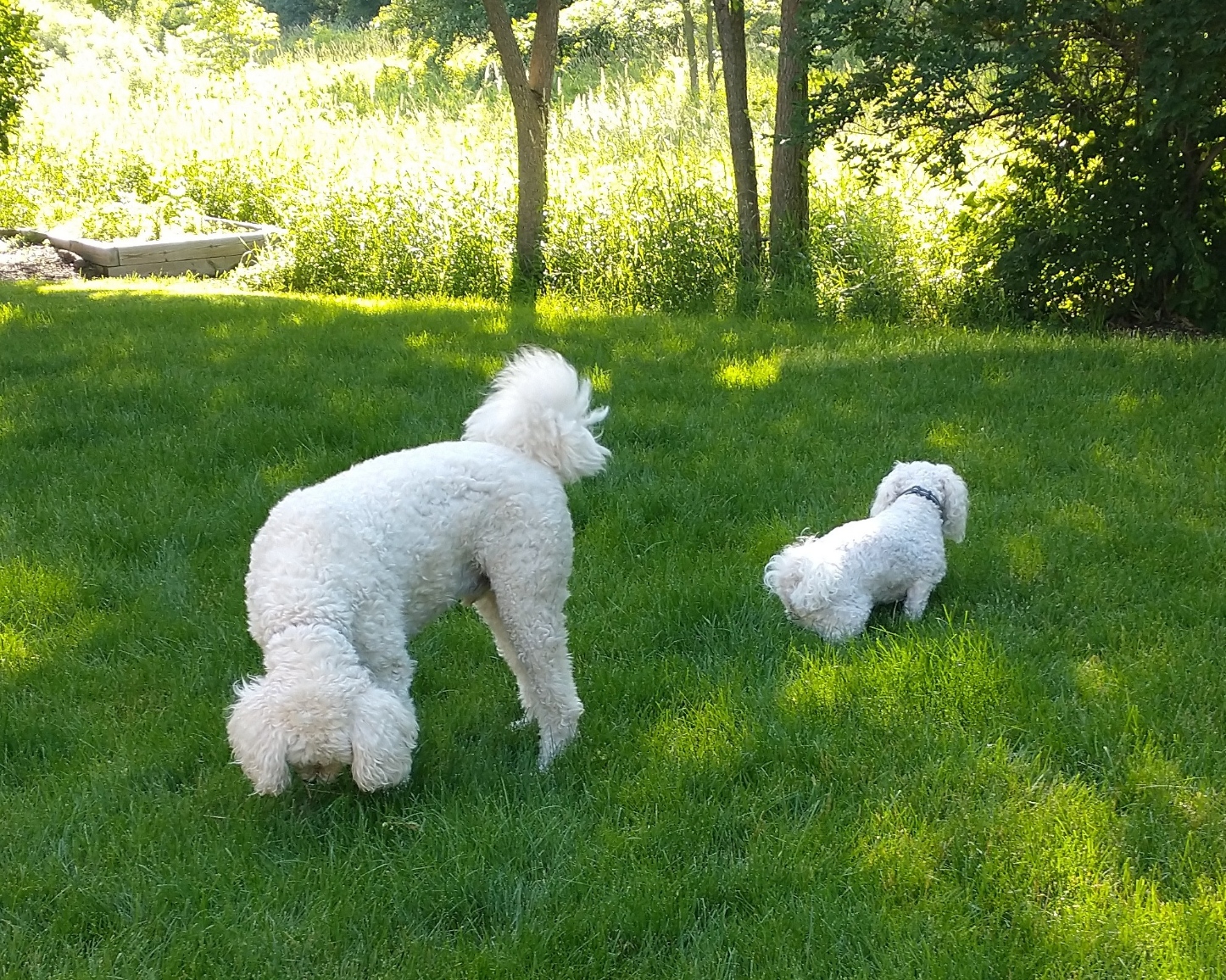February 29, 2012—A place called Hope is about 45 minutes from where we are staying. It is a small town whose main claim to fame is being the boyhood home of President Bill Clinton.
We toured Clinton’s first boyhood home, which was actually his grandparents’ house. It is a modest house across the street from the railroad tracks. His grandparents helped raise him while his mother, who was widowed when she was six months’ pregnant with the future president, went back to school to become a nurse anesthetist. (He grandmother was also a nurse.)
 |
| Bill Clinton's first boyhood home in Hope, Ark. |
 |
| Clinton's second boyhood home in Hope. |
The second house he lived in, after his mother remarried, was also modest. It is not open to the public.
Today we spent taking a driving tour of Texarkana, city that spans two states. The state line actually goes down the middle of the post office building. The chamber of commerce provides a CD that describes several highlights in the city. Trust me: It was not difficult to drive and park, to tour the various sites. Texarkana has a total population of about 60,000. The downtown is NOT bustling; it has boarded up storefronts like many other cities its size. So, parking was no problem.
 |
| Jim straddles two states--Arkansas and Texas. |
Taking the tour was a pleasant diversion. We learned tidbits, such as: Did you know that Ross Perot was from Texarkana? He and his sister provided major funding to refurbish the local theater. We went into the box office and asked if we could see the theater. The lady provided us with a private (free) tour. The ceilings are pieces of artwork. The theater is beautiful.
Another tidbit: Did you know that Scott Joplin was from Texarkana? His compositions did not get much acclaim until the movie The Sting featured his rag music.
 |
| Mural of Scott Joplin |
 |
| Ace of Spades house in Texarkana--an interesting old house |
Later this afternoon, we drove over the dam that forms a huge lake, Milwood Lake, which is adjacent to the RV park where we are staying. The countryside is absolutely beautiful. Trees are in bloom; so are early spring flowers. The countryside changes from flat farmland to rolling hills, all a brilliant green. We saw fields with donkeys, horses, cows, and sheep grazing lazily. Water, in creeks, rivers, and lakes, is abundant. This is not what I envisioned Texarkana to look like. It’s hard to believe that just a couple hundred miles to the west lakes are receding because of draught.
Would I want to live in this area of the country? Probably not. I’m not enamored with Texarkana, and although the countryside is beautiful, it is very rural—too rural for my taste. However, we are going to come back to Arkansas and spend more time in other parts of the state, including the Ozarks. From what we have read, it is a very economical place to retire, with a temperate climate, and it is sort of in the middle of the country, ideal as a central point for travel.
Tomorrow we intend to hunt for diamonds. Oh, yeah…Arkansas has a diamond field open to the public!
Until later,
Your Reluctant RoVer,
Linda

















































